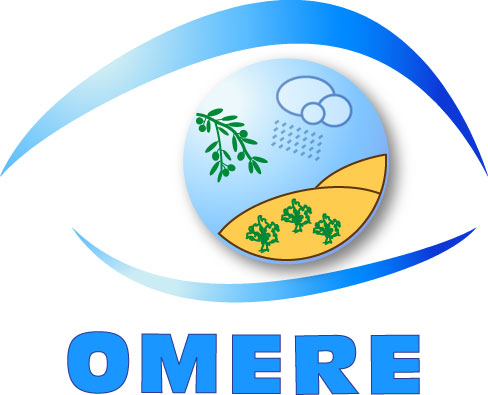
Type of resources
Available actions
Topics
Keywords
Contact for the resource
Provided by
Formats
Representation types
Update frequencies
status
Scale
-

OMERE is part of the study of global changes affecting Mediterranean hydro-agrosystems. It focuses on a hydrological context that is intermediate between arid and temperate environments and subject to a wide range of hydrological processes ranging from intense droughts to extreme floods, and on a social and human context that is currently undergoing considerable changes (intensification of agricultural production in favourable areas, abandonment of land that cannot be intensified, increase in catchment areas, hydro-agricultural or conservation developments) linked in particular to a rapid increase in population density. The various climate change scenarios developed by the IGCC predict major rainfall changes at these latitudes: a decrease in winter rainfall, an increase in stormy rainfall and extreme rainfall. In this context, the observatory is based on the acquisition of climatic, hydrological, sediment and solute flow records over the past two decades in two elementary Mediterranean catchment areas that are differentiated in terms of soils, hydro-agricultural developments, farming practices and their evolutionary dynamics: Roujan (France, mainly cultivated with vines) and Kamech (Tunisia, mixed farming). The observatory aims to i) understand the impact of agricultural activities on mass flows in elementary Mediterranean catchment areas: The observatory aims to i) understand the impact of agricultural activities on mass flows in elementary Mediterranean catchment areas: hydrological regimes and balances, allocation of water resources, erosion dynamics, changes in water quality; ii) assess the intensities and speeds of quantitative and qualitative changes in water and soil resources as a function of changes in land use; iii) support the development of approaches for modelling flows in cultivated areas; iv) provide scientific bases, references and diagnostic tools for agri-environmental engineering of cultivated landscapes OMERE is co-managed by four French and Tunisian laboratories (HSM, INAT, INRGREF, LISAH). It is part of several networks, including the OZCAR research infrastructure (https://www.ozcar-ri.org/), and is a stakeholder in the CRITEX project "National park of innovative equipment for the spatial and temporal study of the Critical Zone of Watersheds" selected by the Ministry in the framework of the 2nd wave of the call for projects "Investissement d'Avenir Equipements d'excellence".
-
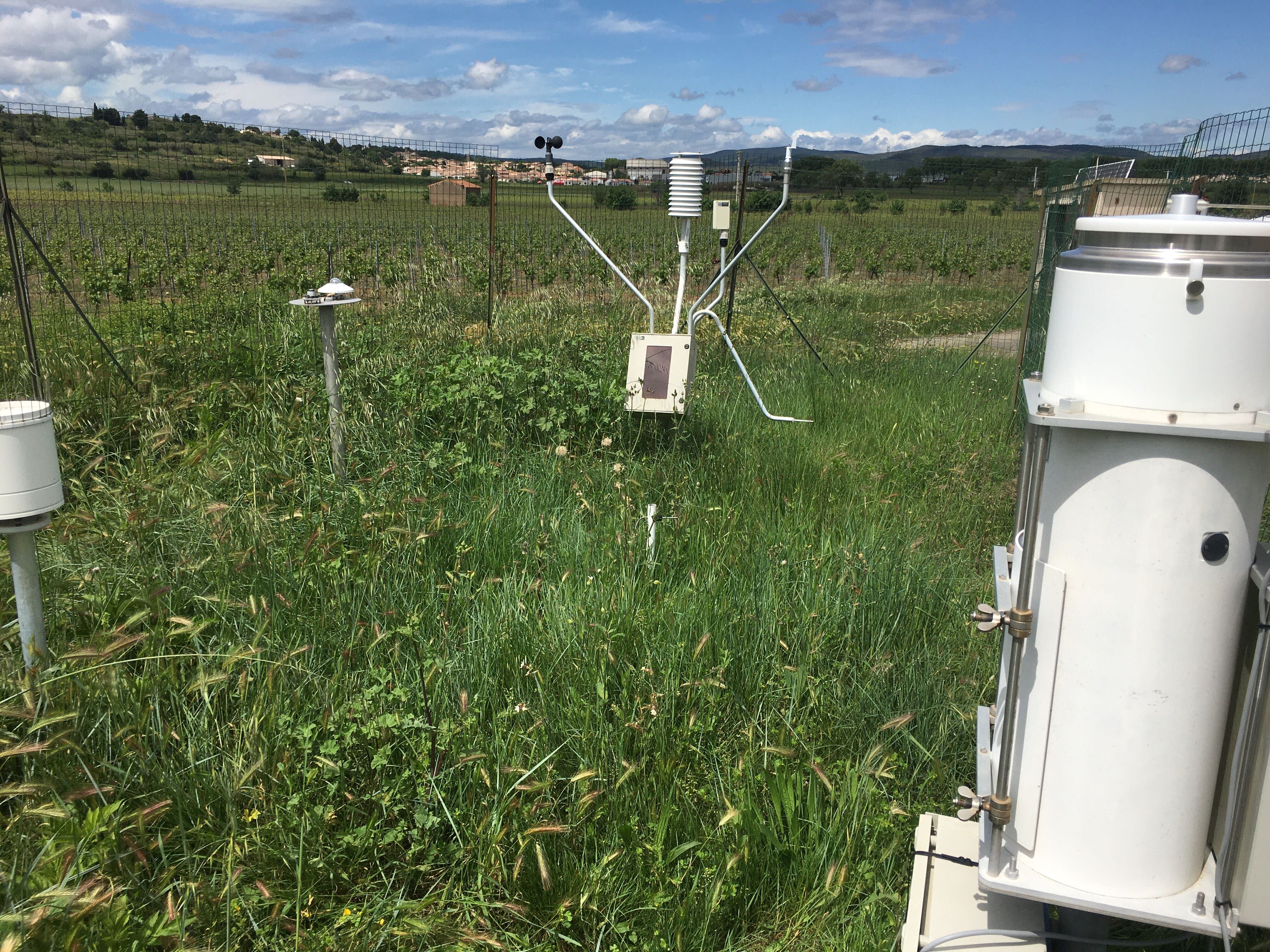
The main crop is the vine. The site is strongly anthropised (network of ditches, terraced slopes, etc.). The climate is sub-humid Mediterranean with a prolonged dry season. The average annual rainfall is around 650 mm and the average annual ETP (Penman) is 1090 mm. The basic hydro-meteorological equipment, in place since May 1992, consists of a network of 9 rain gauges and 4 pluviographs, a device for measuring water table heights (14 sites), a device for measuring flows, suspended matter and pesticides at the outlets of the catchment area and of two plots with different cultivation routes and a network of 8 stations for measuring soil water content and water potential. Roujan was part of the reference catchment area network of the Network Observation Service Used for Hydrology Research created by the GIP Hydrosystème.
-
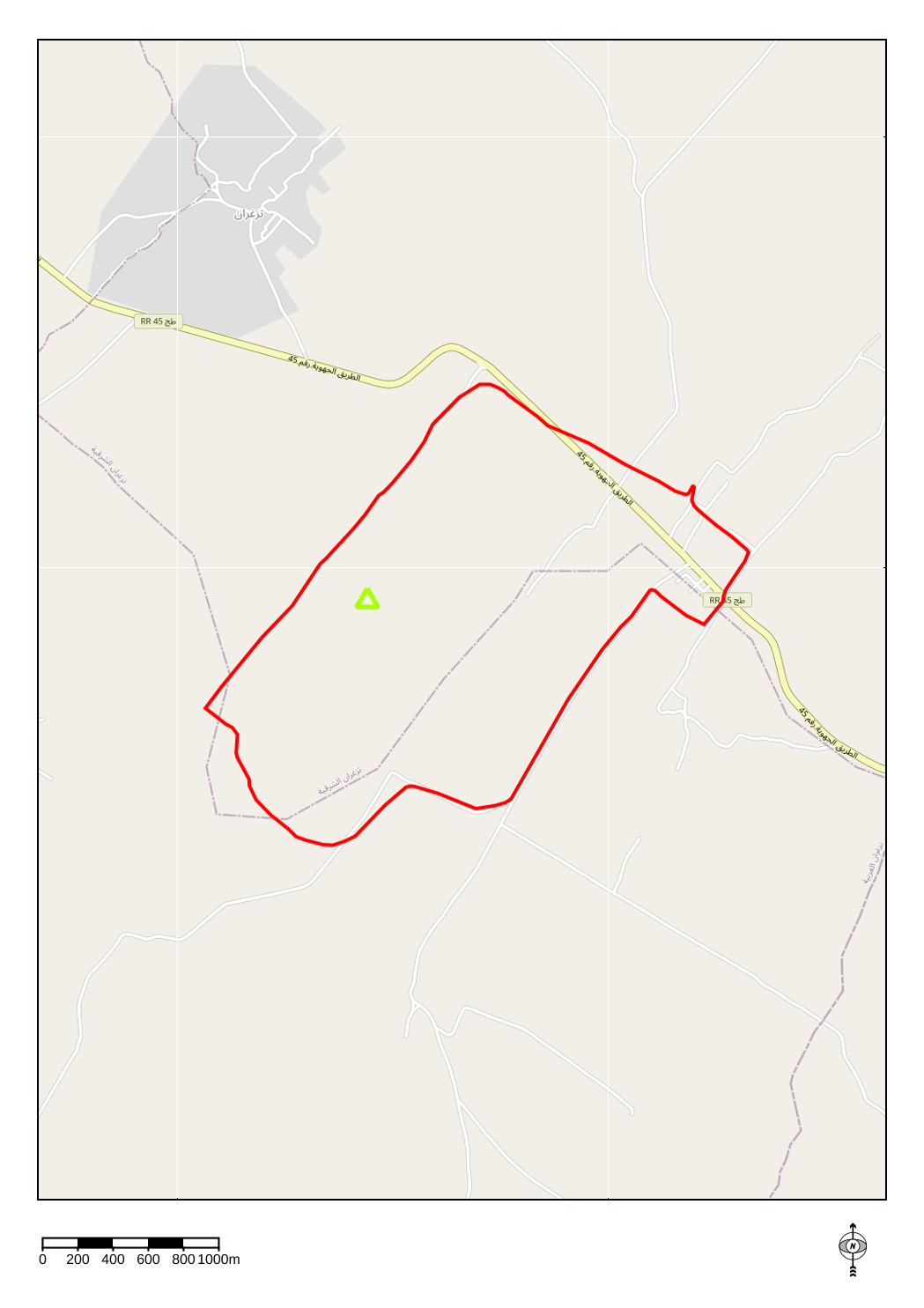
The physico-chemical parameters measured in the Kamech basin and accessible via the data portal concern the electrical conductivity of the water.
-
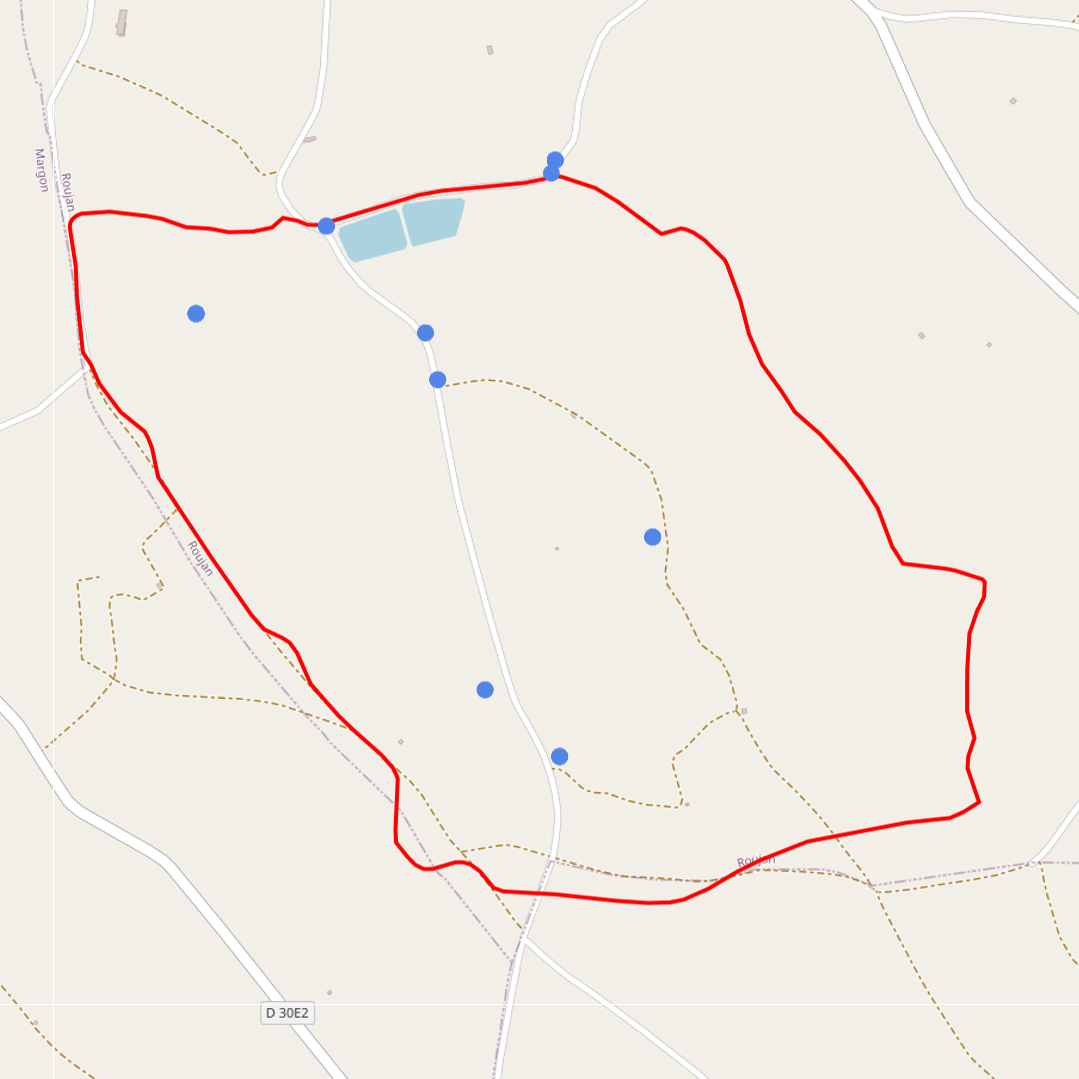
The monitoring of suspended sediment loads in runoff and stream flows aims to quantify the amount of sediments translocated during runoff events. These measurements contribute to the understanding and the quantification of the soil redistribution induced by water erosion processes. The measurements of suspended matter are made through manual and automated water sampling at the hydrological stations, which are then processed and analysed in the laboratory to derive suspended sediment concentrations. A turbidimeter has been recently installed to complete the time series of sediment discharge. Suspended sediment concentrations are integrated into the HYSAE database, they can subsequently be consulted and downloaded via the OMERE data portal.
-
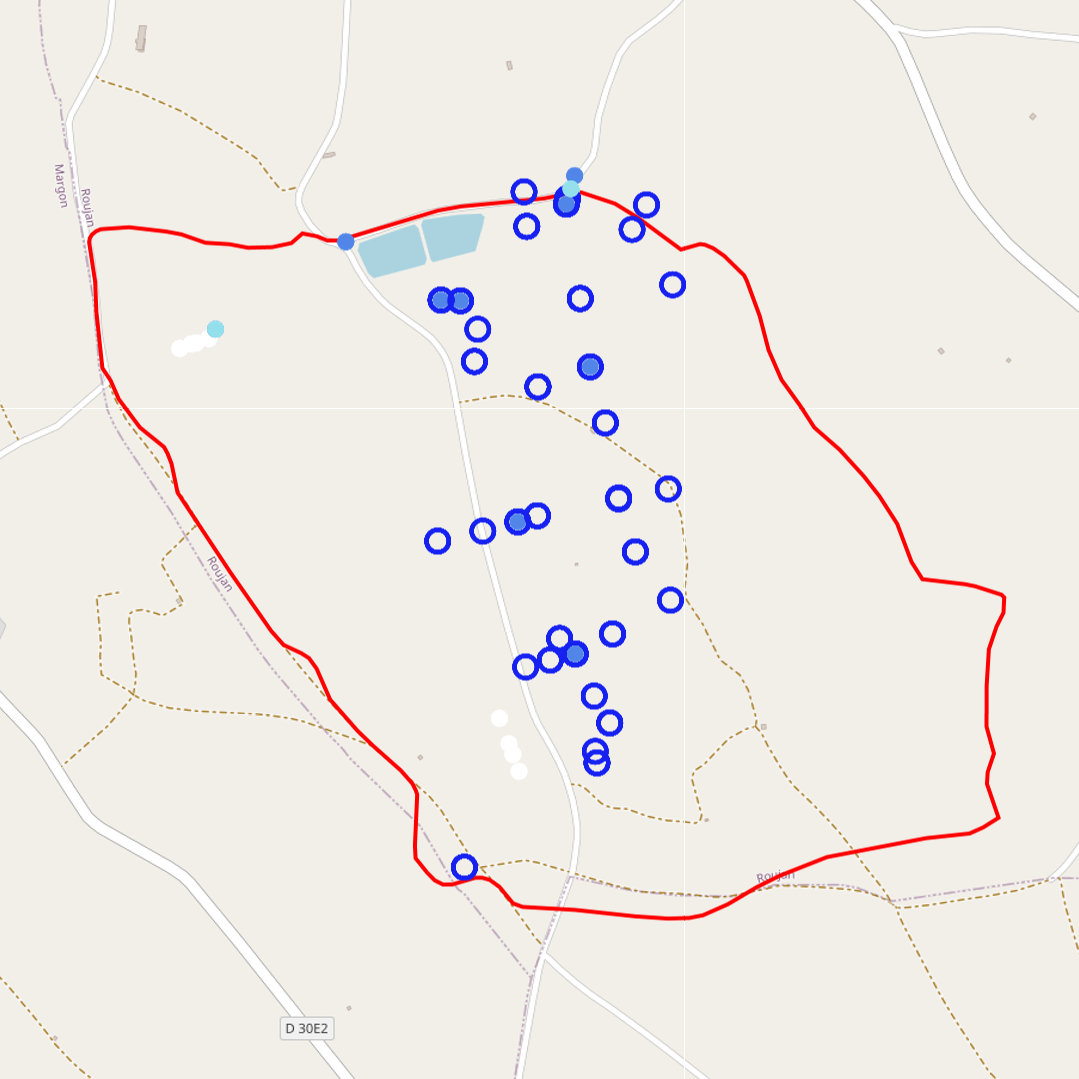
The physico-chemical parameters measured in the Roujan basin and accessible via the data portal concern the measurement of elements such as pH, redox potential, temperature and conductivity, carried out during sampling in the basin.
-
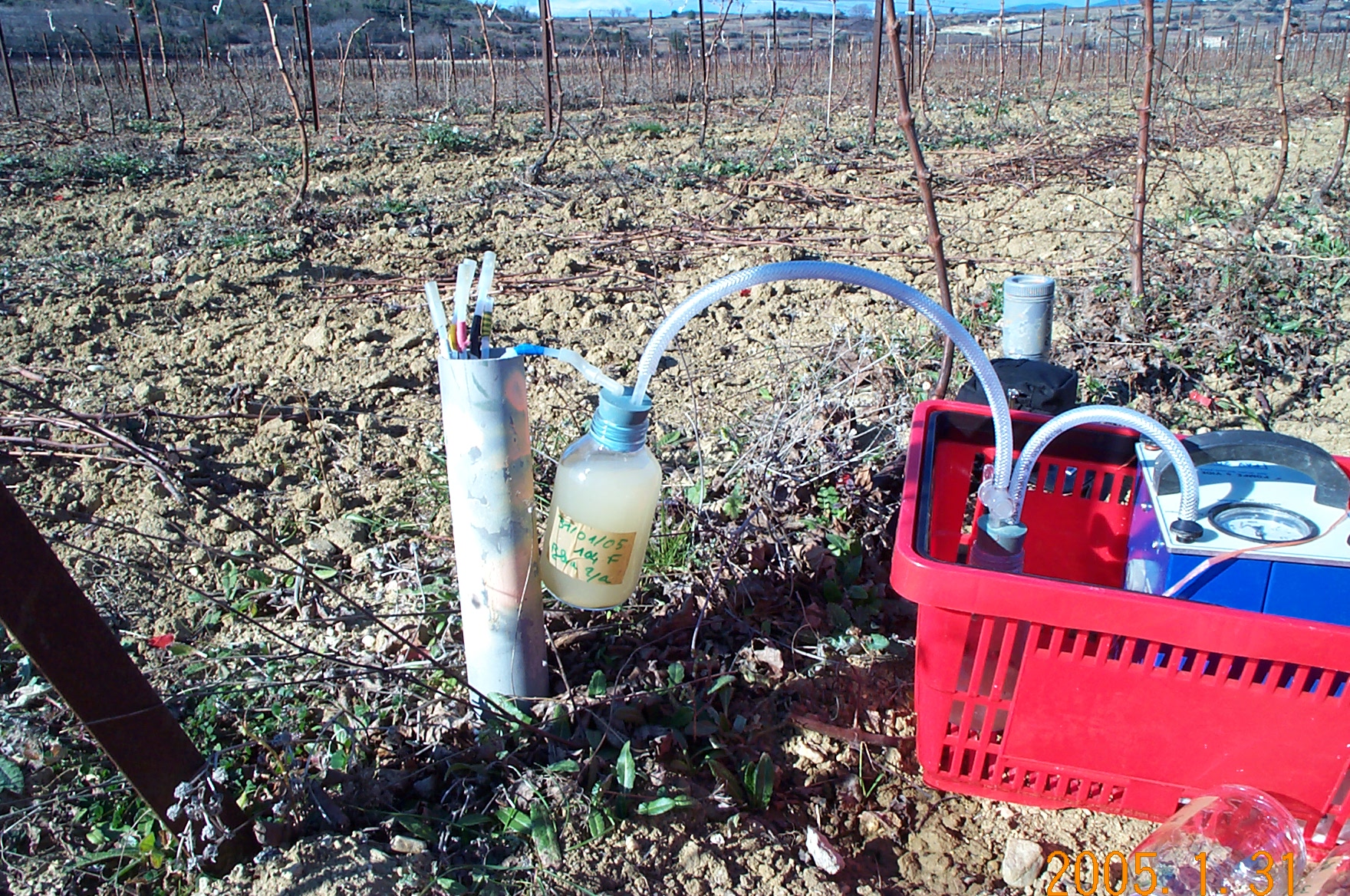
The groundwater temperature is measured at different points in the Roujan catchment. In Roujan site, the groundwater is shallow with a free surface water table rising and falling in the soil and subsoil layers. The measurements are made at different points in the catchment with piezometers. A piezometer is a perforated PVC tube at its base installed in the soil through a borehole. In every piezometer, the groundwater temperature is monitored at high frequency (~15') with autonomous and automatic temperature probe integrating acquisition units. Through the OMERE data portal accessible from this website, the data can be downloaded from an interactive map.
-
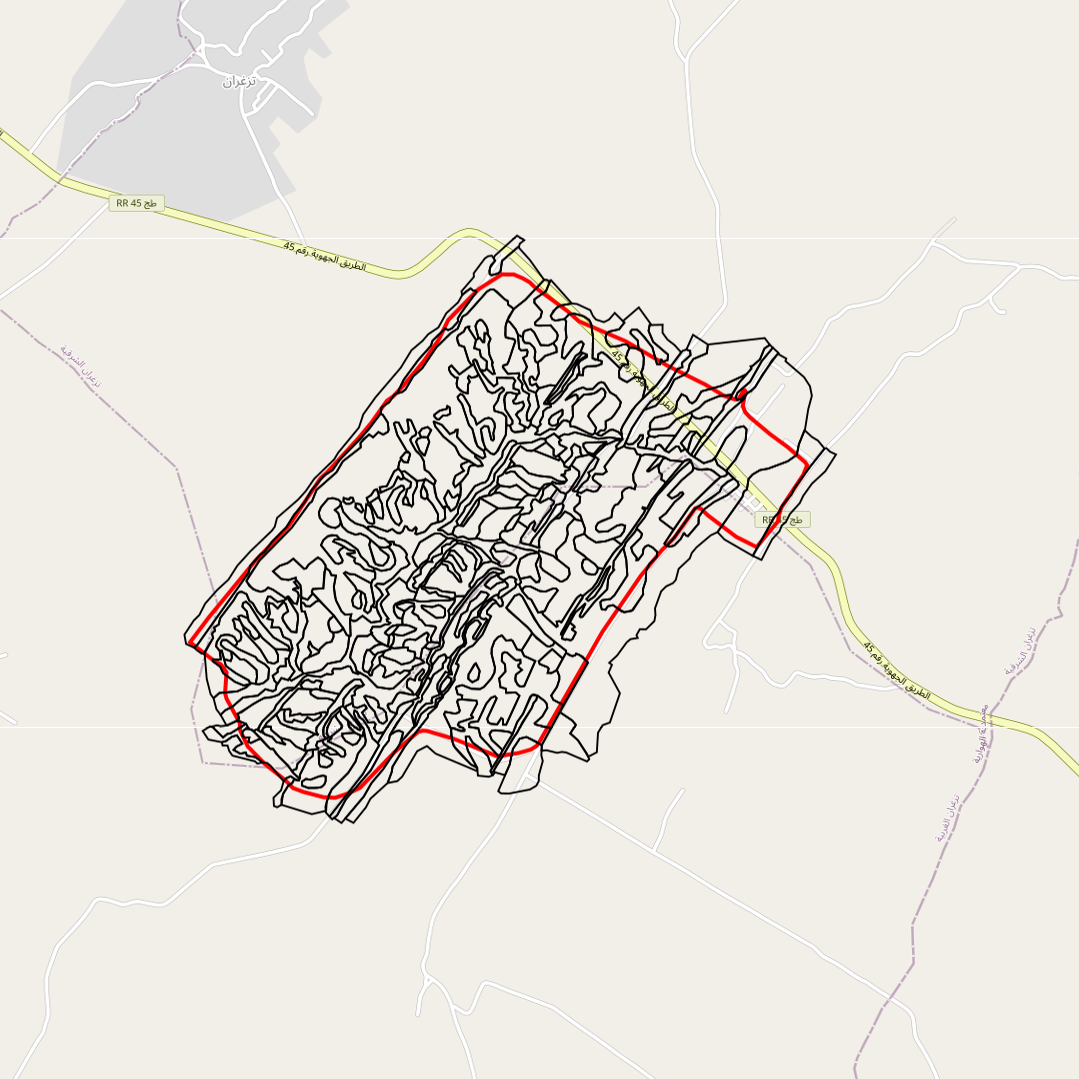
soil map of the kamech watershed drawn up by P. Zante & J. Collinet in 2003 with the ancient french soil referential CPCS.
-

water samples ( rain, runoff, underground water) are carried in icebox and frozen. ( FILTRATION ? ). Samples are analyzed by a dedicated laboratory, that quantify a set of parameters including from 1 to 430 pesticide active ingredients and their metabolites.
-
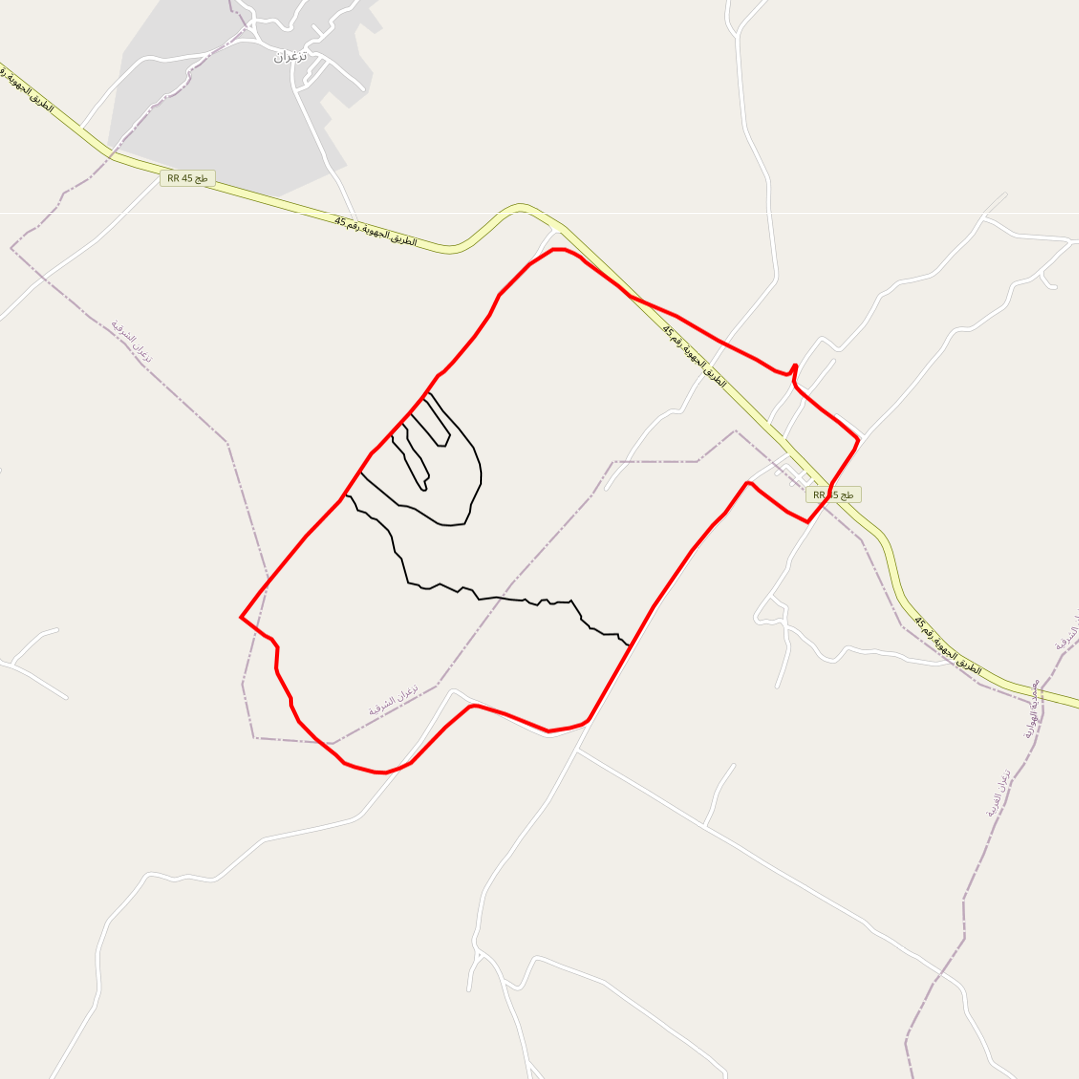
Limits of the impluviums of : - the wadi - the agronomic plot - the gully - the Kamech micro-basin
-
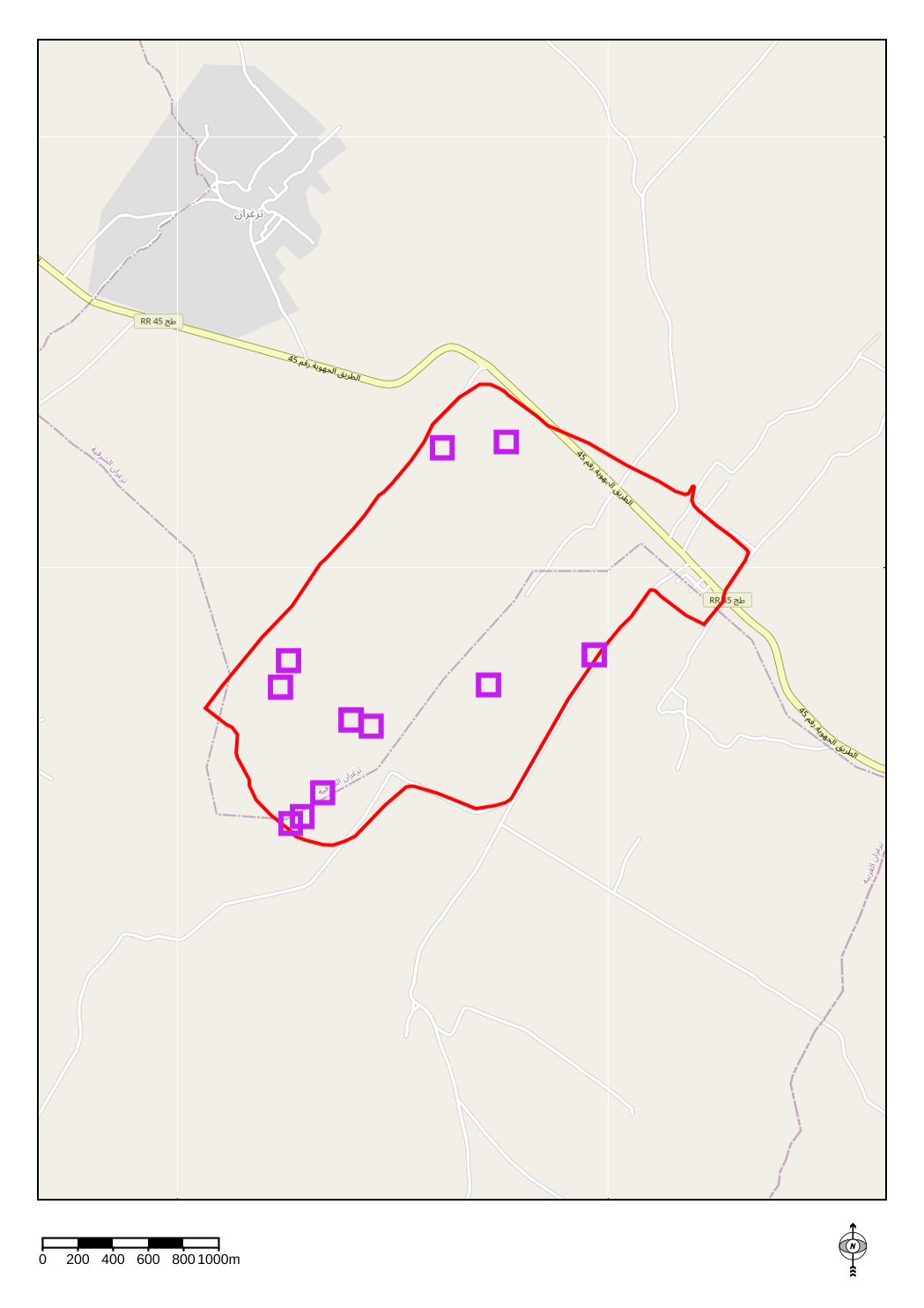
Soil moisture assessment in different areas of the Kamech catchment area is carried out using soil tensiometry measurements carried out on different areas and at different depths of the Kamech site.
 Catalalogue de l'ORE OMERE
Catalalogue de l'ORE OMERE